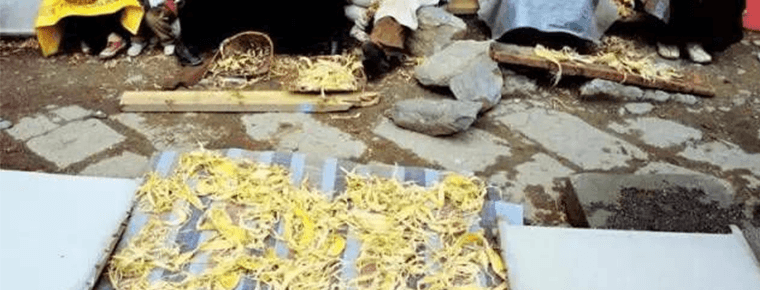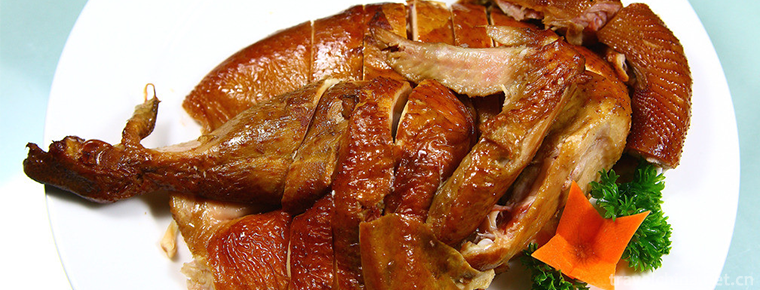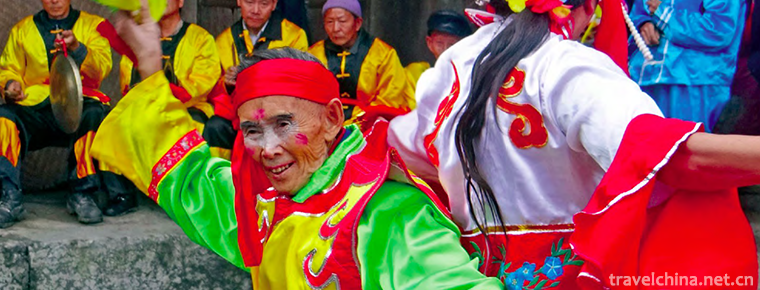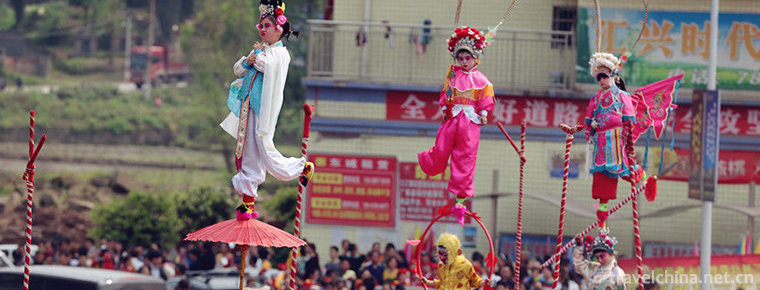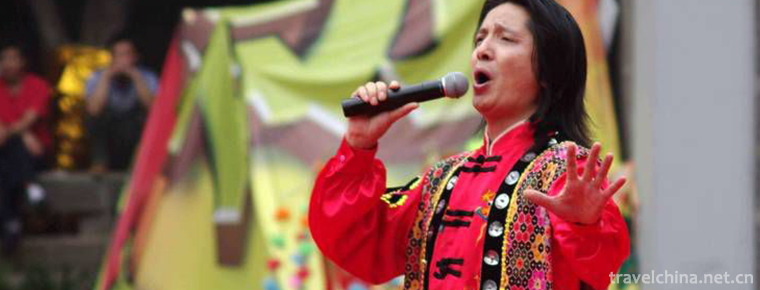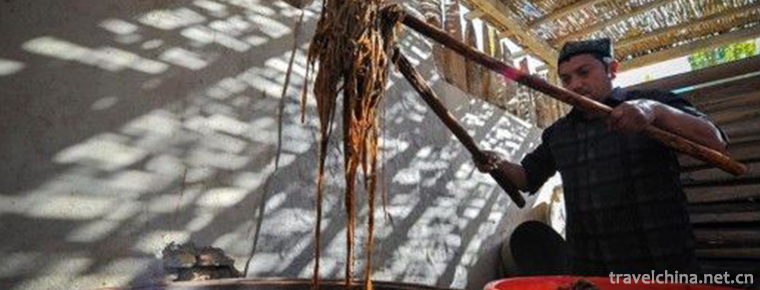Guangyuan history and culture
Guangyuan history and culture
Special festival
Daughter's Day
"Guangyuan daughter's day, women swim in the river bay", this is a kind of folk cultural activities, this is the chapter described by Guangyuan daughter's day. On the first daughter's day in 1988, the water area of Jialing River in front of huangze temple was the "Lizhou river pool" where Wu Zetian was born after feeling the Dragon pregnancy. Guangyuan daughter's day stands out among many cultural festivals and is soon known to the world.
Jianmen Poetry Festival
Guangyuan is the core area of the ancient Shu Road. The Guangyuan section of Jinniu Road has been selected into the preliminary list of China's world cultural heritage. With the approval of the Sichuan provincial government, the Guangyuan municipal Party committee and the municipal government, together with the Chinese poetry society, the Chinese writers' magazine and the Sichuan writers' Association, jointly held the "Jianmen Poetry Festival", which is held once every two years. In September 2015, the first China Jianmen poetry festival was a success.
Cultural sites
Paleontological sites and sites of early human activities
There are dinosaur fossil sites in Wangcang. The early human activity sites mainly include the nanzizhen microlithic site in Chaotian District, the Neolithic site in Zhangjiapo, Guangyuan, and the xiaomiaoshan settlement site in CaiJiaHe, Jiange.
Ancient Shu Ju culture
In 368 B.C., Dushang, king of Shu, sent a large army to destroy Xiyi and pinger states. Du Shang, the king of Shu, granted his younger brother Du Jiameng as the vassal state of the central Han Dynasty (the capital of the state was located in Shipan village, Zhaohua District, and governed the territory of Xiyi and pingtuer States), and declared the establishment of the state of Ju.
Three Kingdoms culture
Guangyuan is a fortress to Sichuan and an important town of the Three Kingdoms. Zhang Fei's battle against Ma Chao and Zhuge Liang's design to kill Zhang Ying took place here. It was also the necessary channel for Zhuge Liang to cut Wei for six times. There are more than 140 relics of the Three Kingdoms: Jiang Weicheng, Zhonghui fortress, guansuocheng, Jiangwei tomb, Jiangwei temple, Fei Yi tomb, Deng AI father and son tomb, Bao Sanniang tomb, Cuiyun corridor, Guanyu temple, Wuhou Temple, Qibi post, Mingyue gorge, victory dam, Jiameng pass, Tianxiong pass, baishuiguan, shimenguan, beixiong pass, Motianling, Kongming stele, etc.
Grotto art
Guangyuan has the earliest excavation history, the longest duration, and the largest scale in Sichuan. It is of great significance to study the transmission route of Sichuan grottoes and explore the evolution of grotto art in Sichuan. Among them, the most representative and tourist value are: from the time of excavation to the Northern Wei Dynasty, the first batch of cliff statues of huangze temple, a cultural relic protection unit in China. From the Northern Wei Dynasty to the Qing Dynasty, there are more than 10000 statues, and there are more than 7000 statues. They are known as the first batch of national cultural relics protection units of the National Museum of grottoes art. Carved in the Tang Tianbao period, there are more than 40 caves and more than 400 statues, including those carved by the granddaughter of Emperor Xuanzong and the daughter of suzong, Princess Yonghe. It is a provincial-level cultural relic protection unit of Guanyinyan, which reflects the "Anshi rebellion" of Tang Ming emperor avoiding chaos in Sichuan and Tang Xizong's escape from Sichuan and Huangchao uprising.
Empress culture
The empress culture is centered on Commemorating Empress Wu Zetian, the female emperor of Zhou and Tang Dynasties. It continues the custom of "women visiting the river bay on the 23rd day of the first month" for nearly a thousand years, forming a unique cultural landscape with local women's characteristics. The three main halls of huangze temple, Wushi family temple and balcony waterside pavilions have been restored.
Literature and art
Guangyuan compiled a series of tourism books, such as the Three Kingdoms and Guangyuan, the red Guangyuan, the Three Kingdoms and Zhaohua, Jiameng spring and Autumn period, huangze temple, Qianfo cliff, Guangyuan Mingyue gorge, Guangyuan grottoes, Banshan Shizhi and other tourism books, as well as the Empress Wu Zetian and the young Wu Zetian. In terms of art, he organized the rehearsal of a large-scale musical dance drama "Legend of the empress", and shot a TV series "crossing the Jialing River" reflecting the history of the revolutionary struggle of the Red Army.
Famous specialty
famous scenery
By the end of 2017, there were 1 AAAAA scenic spot, 19 AAAA scenic spot, 12 AAA scenic spot and 8 AA scenic spot in Guangyuan City.

-
Old Beijing fried Morchella
The most famous famous food in Beijing is old Beijing tripe and Beijing roast duck. As for the oldest and most prosperous snacks in Beijing, belly burst is definitely the best among them..
Views: 162 Time 2018-10-27 -
Asihatu Stone Forest
Chaihe Tourist Scenic Spot has a total area of 1368.7 square kilometers, which is a national 5A tourist scenic spot. The area of Alshan City in Xing'an League is 7408.7 square kilometers, and Chaihe T.
Views: 137 Time 2019-01-02 -
Tibetan Paper making Techniques
Tibetan paper-making technology, Tibetan Autonomous Region's traditional handicraft, one of the national intangible cultural heritage. Tibetan paper-making skills are usually made by peeling.
Views: 451 Time 2019-04-15 -
Production Techniques of Dezhou Braised Chicken
Dezhou Grilled Chicken is a kind of poultry meat product cooked slowly in small fire. It is originally produced in Dezhou City, Shandong Province. It is also known as Dezhou Wuxiang Boneless Grilled C.
Views: 272 Time 2019-04-26 -
Gulin lantern
Gulin lanterns, centered on Gulin, are widely distributed in the middle reaches of Chishui River at the junction of Sichuan, Guizhou and Yunnan provinces..
Views: 249 Time 2019-05-01 -
Sanhui Pavilion Club
Sanhui Caiting Pavilion is a local traditional folk cultural activity that performs in streets or squares on March 16-18 of the lunar calendar every year. Its artistic form of performance is ingenious.
Views: 114 Time 2019-06-12 -
Shizhu Tujia Luoer Diao
Shizhu Tujia Luoer Diao originated from Shizhu Tujia Autonomous County, Chongqing. It is a folk song of Luoer tune, which is popular among the Han and Tujia nationalities in southeastern Chongqing. It.
Views: 282 Time 2019-06-15 -
Uygur Mulberry Paper Making Skills
Uygur mulberry paper takes mulberry branch endothelium as raw material, mulberry branch endothelium is sticky, smooth and delicate, easy to process, after exploitation, soaking, pot boiling, pounding,.
Views: 134 Time 2019-06-28 -
Cultural undertakings in Panzhihua
As of the end of 2018, Panzhihua has 3 museums and exhibition halls; 50 cultural (Art) museums, including 44 cultural stations and 8 theatres and cinemas; and 6 public libraries, with a total collection of 990800 books. There are 43 Township radio and television stations and.
Views: 245 Time 2020-12-14 -
Social undertakings in Guangyuan
In 2018, Guangyuan City achieved 31 major scientific and technological achievements throughout the year, and 1466 patents were applied, including 288 inventions and 931 authorized patents. 84 technical contracts were registered, and the transaction value.
Views: 311 Time 2020-12-15 -
Cultural and cultural undertakings in Suining
By the end of 2019, there are 7 art performance groups, 6 art performance venues (including private), 6 cultural centers, 105 cultural stations and 6 Public Libraries in Suining City's cultural system. There are 1 national cultural industry demonstration base .
Views: 333 Time 2020-12-16 -
Leshan medical and health
By the end of 2018, Leshan City had 3259 health institutions (including village clinics). Among them, there are 102 hospitals, 207 health centers, 12 maternal and child health centers (stations, stations), 12 centers for Disease Control and prevention, 12 health .
Views: 329 Time 2020-12-17


